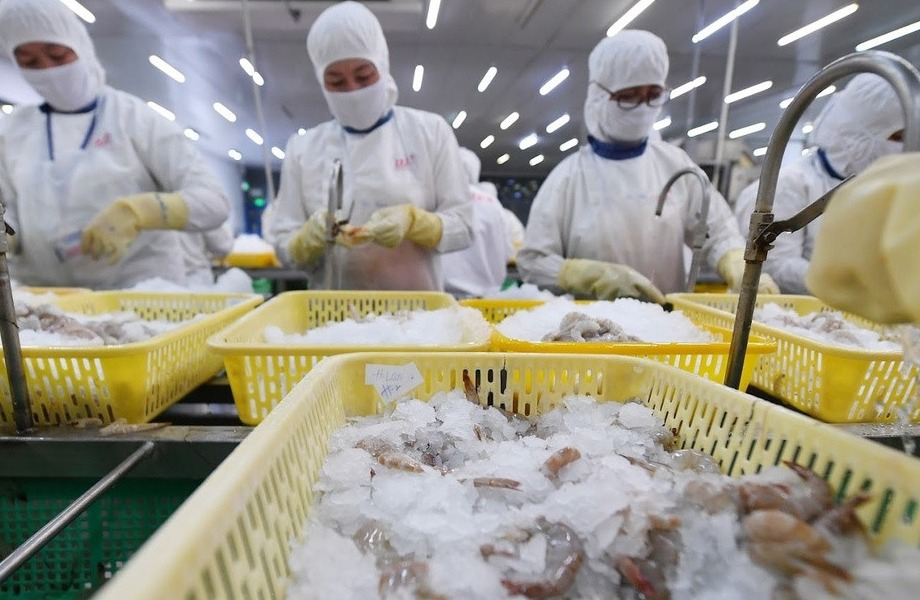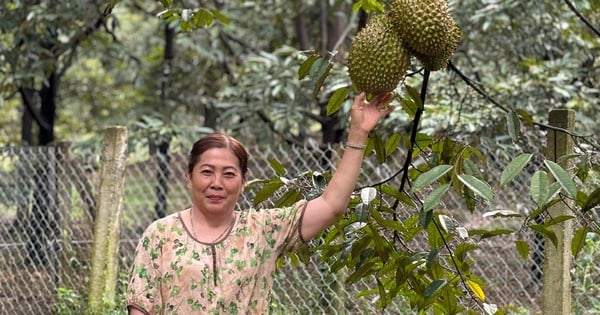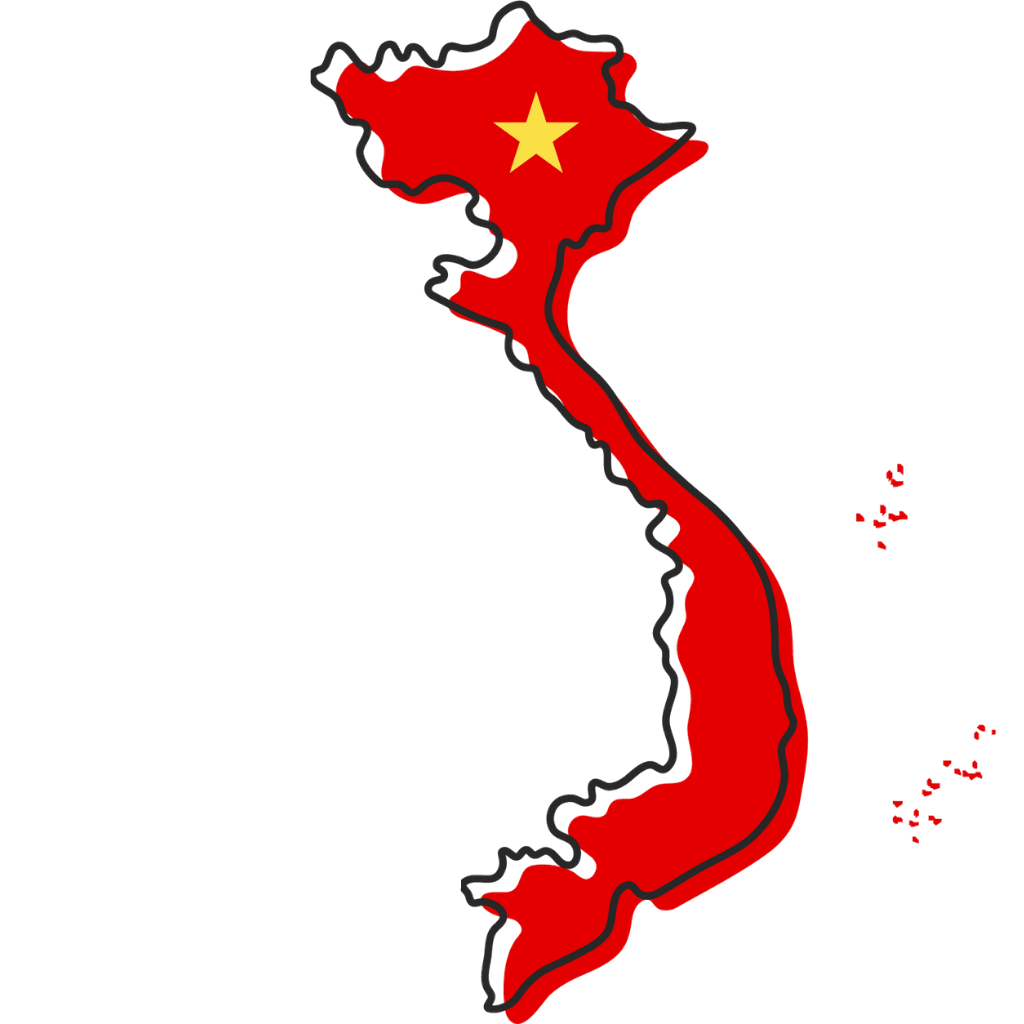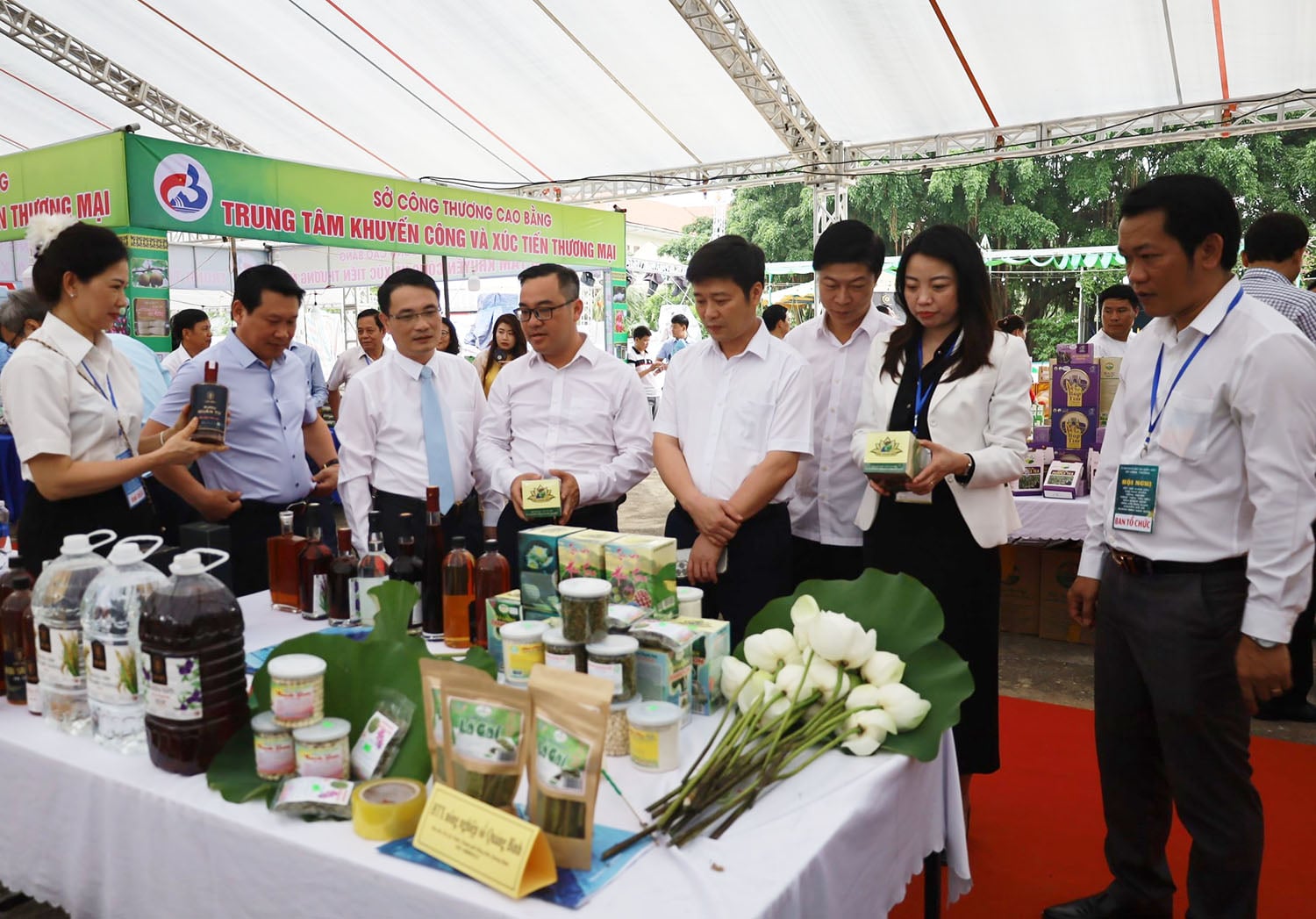In the first quarter, Vietnam's seafood exports had an impressive recovery, with a turnover of VND2.45 billion. In March alone, the export value reached nearly USD889 million, an increase of nearly 20%.

According to statistics from the Vietnam Association of Seafood Exporters and Producers (VASEP), Vietnam's seafood exports have recovered impressively in the first quarter, with turnover reaching 2.45 billion USD , up 26% over the same period in 2024.
In March alone, the export value of this group of goods reached nearly 889 million USD , up nearly 20%. This figure shows that the growth momentum is still maintained despite signs of slowing down compared to the first two months of the year.
Shrimp products of all kinds continue to lead in turnover. 931.6 million USD in the first quarter, increased by 36%, of which March alone reached 327 million USD .
The remarkable growth momentum comes from strong demand in major markets such as China, the US and the European Union (EU).
Besides, pangasius products also contribute to 465 million USD in the first quarter, increased by 13% and reached 181 million USD in March alone. Stable raw material prices and a strategy to promote value-added products have helped these two items maintain their leading position.
However, the growth rate of pangasius is somewhat slower than that of shrimp. This reflects the slowing market demand in the first months of the year, in the context of geopolitical fluctuations and anti-dumping tax pressure in the US.
Despite maintaining its growth momentum, Vietnamese shrimp still faces fierce competition from Ecuador and India - countries with advantages in price and production scale.
Notably, the group of crabs, swimming crabs and shellfish recorded a breakthrough. Specifically, thanks to the soaring demand from China during Tet, Vietnamese crabs and swimming crabs exported reached a turnover of 86.4 million USD in the first quarter, up 66%.
In addition, shellfish such as clams, mussels, and oysters also made an impression with a 115% increase, reaching 64.9 million USD .
Although the absolute value is not high, this growth rate shows the great potential of small product groups in diversifying the export structure.
However, after the peak season during the Lunar New Year, consumer demand cooled down. By March, these groups showed signs of slowing down, with crabs increasing by 28% and shellfish increasing by 90%.
Contrary to the general picture, tuna was the only product group that recorded a decrease in turnover in March, reaching 83.3 million USD , down nearly 1%. However, tuna products in the first quarter still increased slightly by 4%.
The main reason comes from the IUU regulation, which stipulates a minimum tuna size of 0.5 m, which has tightened the source of raw materials for export processing.
In addition, the Marine Mammal Protection Act (MMPA) of the US - the largest market for Vietnamese tuna - is also a challenge for the tuna industry.
If a solution is not quickly found, Vietnamese tuna is at risk of losing market share in the US, and this will also have a domino effect on other exploited products such as squid and octopus.
Trade barriers such as MMPA, IUU yellow card from EU, and potential tariff increase from US under US President Donald Trump are the challenges that Vietnam's seafood industry will continue to face in 2025.
Source


![[Photo] Young people line up to receive the special supplement commemorating the 50th anniversary of the Liberation of the South of Nhan Dan Newspaper](https://vstatic.vietnam.vn/vietnam/resource/IMAGE/2025/4/26/9e7e624ae81643eba5f3cdc232cd07a5)
![[Photo] Prime Minister Pham Minh Chinh chairs meeting of Steering Committee for key projects and railway projects](https://vstatic.vietnam.vn/vietnam/resource/IMAGE/2025/4/26/b9534596258a40a29ebd8edcdbd666ab)
![[Photo] Ho Chi Minh City people's affection for the parade](https://vstatic.vietnam.vn/vietnam/resource/IMAGE/2025/4/26/7fcb6bcae98e46fba1ca063dc570e7e5)


![[Photo] Readers' joy when receiving the supplement commemorating the 50th anniversary of the liberation of the South and national reunification of Nhan Dan Newspaper](https://vstatic.vietnam.vn/vietnam/resource/IMAGE/2025/4/26/283e56713da94988bf608393c0165723)
























































































Comment (0)